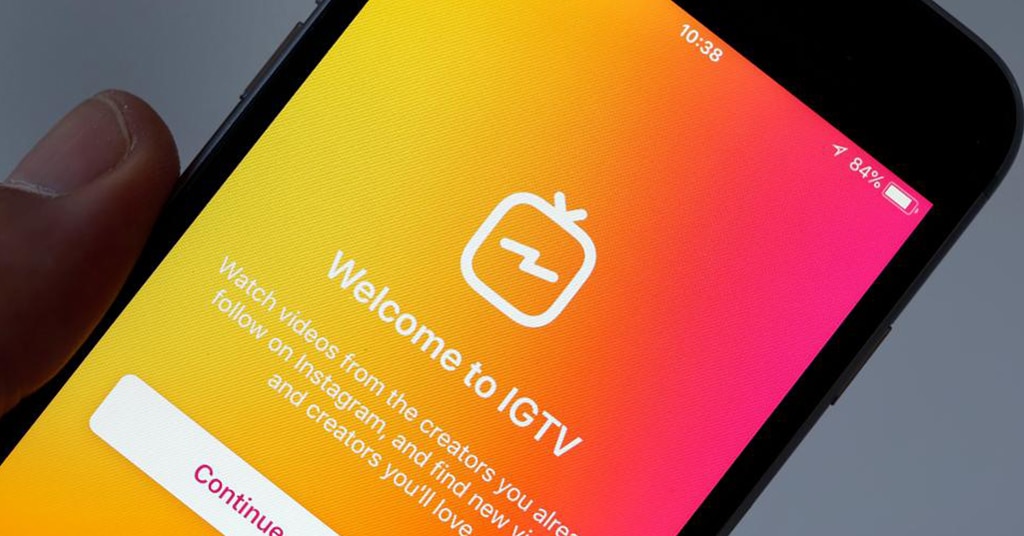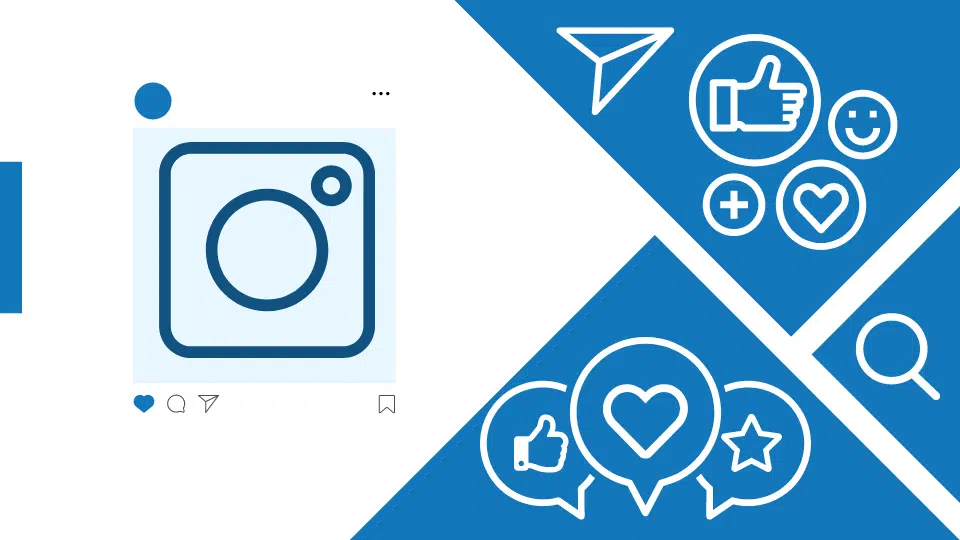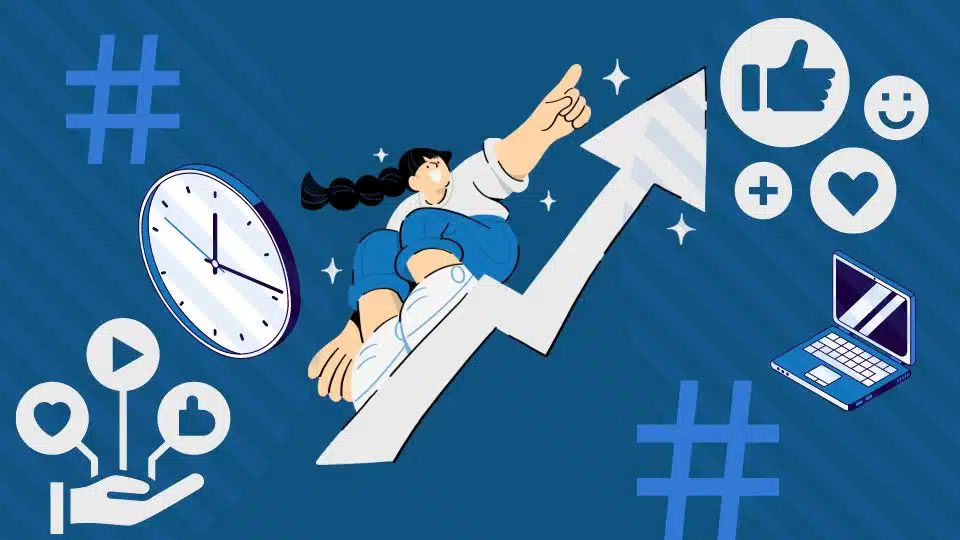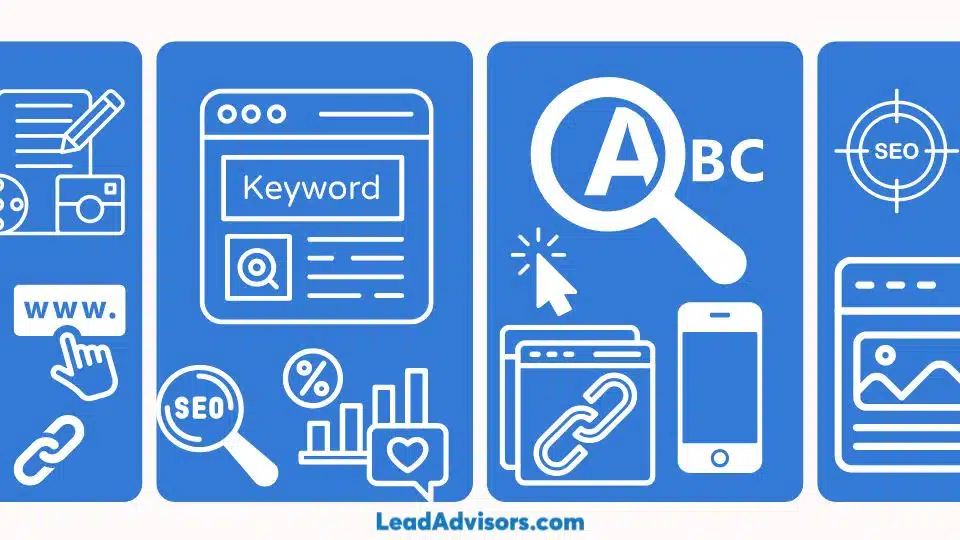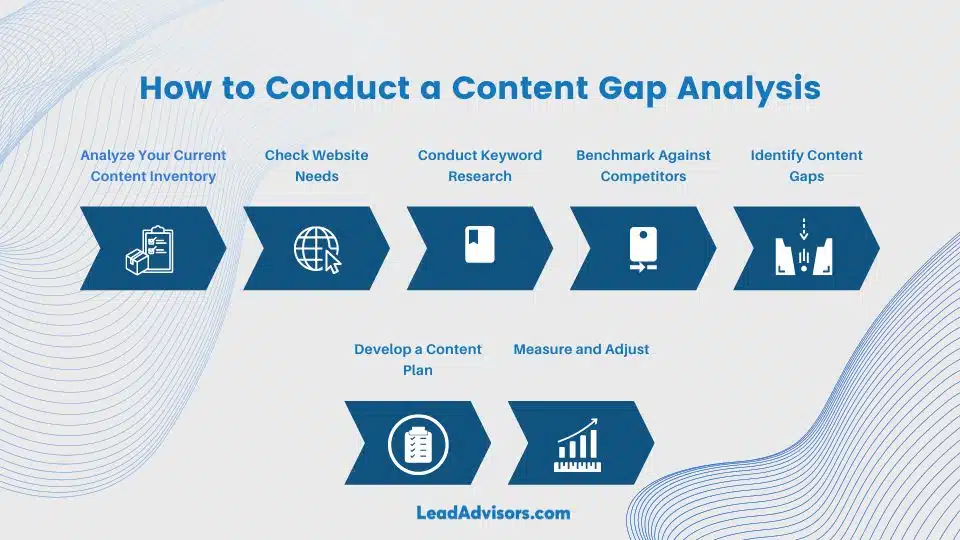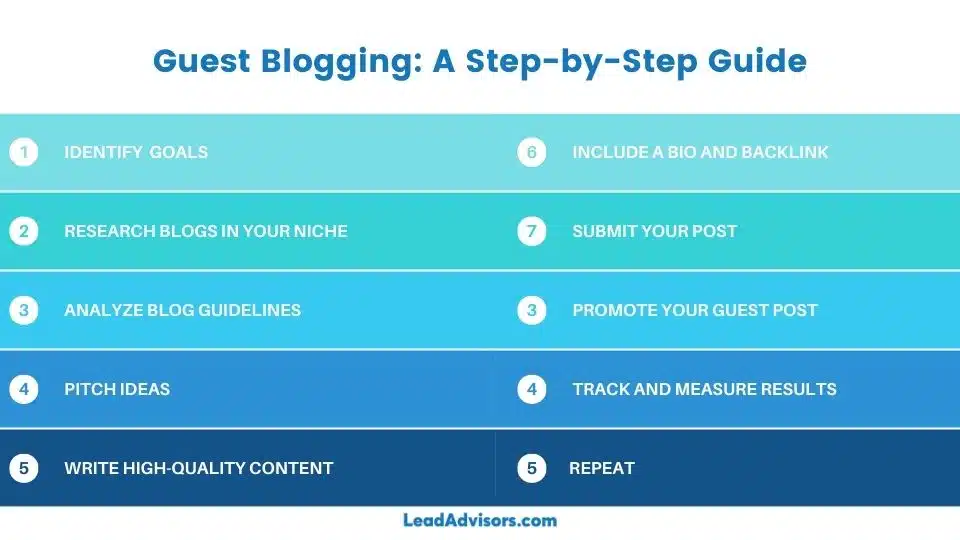Last week, Instagram sent the worlds of entertainment, content and social media into a collective fit with its announcement of IGTV, a longer-form vertical video service. The announcement shows the clear intentions of Facebook’s wunderkind photo-sharing network to march onto the turf of YouTube and capture a greater share of the digital ad world. First, the target was on Snapchat Stories, now it’s squarely on YouTube (and other vertical OTT apps’) back. Because Facebook really wanted to send a shiver down the spines of the competitors, they also shared that Instagram had crossed the 1-billion-users threshold.
To begin with, IGTV will be ad-free. This makes all the sense in the world: Instagram can provide a high-quality, ad-free video experience to entice creators and users into the app, subsidizing it through Facebook’s corporate ad dollars. Later, as IGTV content becomes higher-end, the company can introduce a paid version with content otherwise inaccessible before.
Instagram is growing in users, use and prominence
It’s perhaps no surprise that Instagram is moving further into longer-form content, as its introduction of Instagram Stories in August 2016 precipitated a steep rise in user growth and engagement. Daily active users went from less than 20% of monthly active users in October 2016 to more than 60% in September 2017. As mentioned above, Instagram has more than 1 billion monthly active users now. That statement follows previous announcements for 800 million monthly’s in September 2017, 700 million in April 2017 and 600 million in December 2016.
A billion users. A billion users is cool.
These usage numbers feed through into the hard financial stuff: Instagram is predicted to generate $5.5 billion in US ad revenue this year. That’s a whopping 70% more than last year. The photo-sharing platform will also account for nearly 30% of Facebook-the-company’s net mobile ad revenue in 2018. By 2020, that number will be 40%.
Users are coming to Instagram to see people they know and influencers. This differentiates it from both Facebook / Snapchat—where people largely use the app with people they know—and YouTube, which people largely use to follow influencers or content channels. In Instagram’s case, you’re already hanging out in the app to check out an idyllic view of the world. You empathize with the behind-the-scenes, fly-on-the-wall voyeuristic viewing of influencers’ insta-stories. These, for the most part, can’t be filtered, so you truly feel they’re as real as possible. It represents a blurring of the use cases of other content platforms.
In many ways, the world of beauty has forecast the opening into longer-form content—the onus in beauty, an industry that heavily features influencers, has shifted slowly from Youtube to Instagram. Your typical social-media influencer isn’t striving to grow a Youtube audience, but an Insta following. Rather, they have to use Youtube to host their video content. IGTV gives the most prominent of these players more tools to work with and mitigates the need for influencers with real star wattage to split their content offerings between platforms.
The arrival of IGTV might reflect a simple calculus: More users are on Instagram more often and more influencers are making their homes on the platform. You follow a cake bakery on Instagram and see their beautiful edible creations. It makes sense that if they put up a longer form video on how that cake was made (or perhaps even sped up with HyperLapse for a shorter video), then you’d like to watch it. Why not give influencers like that cake bakery more powerful and varied tools to keep you engaging with their content?
Stealing mindshare and eyeshare from Youtube makes sense since Youtube isn’t really social media
Youtube isn’t really a social media platform—it’s a massive online video repository. The mere fact that its content isn’t provided by people directly employed by Youtube doesn’t make it social media. The social graph doesn’t map onto Youtube—you don’t peruse the site to see what your peers are up to. You go there to see what PewDiePie did today or to incinerate a few minutes checking out Logan Paul’s latest stunts (fine—I go to Youtube to visit channels dedicated to the art of fanboying over filmmaking, but you see my point). I can count the number of friends I’ve seen on Youtube on one hand. It’s a great platform for content creators to build a following. But in that sense, it’s a few-to-many model, not a many-to-many model as in the case of true social networks like Facebook and Instagram.
This means that if you can seamlessly access the video content provided by those creators elsewhere—say, on a platform you already spend time on to stalk humans you know personally—that takes away some of the incentive to visit Youtube.
There’s a lot of incentive to take away that incentive—Youtube’s 1.8 billion monthly userswatch more than 1 billion hours of video everyday. Though Alphabet, the parent company to Youtube’s parent company (do try and keep up), doesn’t break out its performance from Google’s, the Wall Street Journal described the video platform as “a financial juggernaut predicted by analysts to generate more revenue this year than half the companies listed on the S&P500 index.” Stripping away even a few percentage points of those sales would make it worthwhile for Facebook.
YouTube’s reaction on hearing the IGTV news.
YouTube and Google know this, which might explain their recent decision to disaggregate their YouTube Red premium service into YouTube Music and YouTube Premium. The former is their Spotify competitor, while the latter is their Netflix competitor: a service with “more, bigger original series and movies, including comedies, dramas, reality series and action adventure shows.” YouTube Premium’s original content might provide some differentiation and a moat at a time when influencers who host their video content on YouTube might be batting their lashes toward IGTV. It also takes YouTube further into the realm of formal, vertical content creation and away from its UGC roots.
Instagram is trying to keep its users in platform; Snapchat is allowing its products’ benefits to become more diffuse
Snap recently announced that it is finally opening its API to developers and described some of the ways this would look in the real world. Bitmoji will migrate to other apps like Tinder; Story Kit lets apps embed Snapchat stories submitted to the Our Story feature (this seems to function much like a tag would). So they’re allowing some of their products to be used outside the Snapchat app. Instagram, by contrast, is trying to keep users in the platform by providing more and longer content formats. This might be a sign of each platform’s relative health; Instagram’s strengthening gravity field is pulling more of the content solar system into its orbit, while Snap is sending satellites out to other planets that could support life, Interstellar-style.
Snap’s search for habitable revenue streams.
What does this mean for Facebook the platform? The company doubles down on Instagram.
Facebook’s long-form content offering, Facebook Watch—which focused on unscripted reality TV and documentary clips—has gained little traction since launching in August 2017. Facebook lost nearly 10% of its US users aged 12-17 and around 3 million users under 25 altogether. The Kids are on Snapchat and Instagram these days. People of all vintages are spending less time on Facebook—apparently 24% less per user in December over the previous month. That’s a mind-boggling number if it is to be believed. And we haven’t made a single mention of the words “Russia,” “election,” or “data privacy.”
This plan for Instagram has its potential pitfalls, however
Although the rationale for IGTV is clear, that doesn’t mean it’s riskless. Instagram has traditionally required smaller bite-sized attention spans with photos and short form video. HubSpot research indicates that Instagram videos max out on engagement at a length of 30 seconds. It’s 4X that for YouTube. Other research has found that YouTube engagement on videos didn’t differ between 4-min videos and 10-min videos. Takeaway? When on YouTube, people expect to be more patient with the content.
Shifting to longer-form video, while segmenting well by viewers’ interests and intent, is risky because you’re not viewing fewer long-form videos on Instagram. You’re viewing short snippets. There are clear echoes of Facebook the platform’s desire to be all things to all people in this product expansion. When you try to be all things to all people you run the risk of being nothing to no one. Instagram succeeded beyond anyone’s wildest dreams as a social-media platform built around photo- and story-sharing. It’s possible that trying to do video content as well might dilute its excellence in those other categories. Don’t turn it into what Facebook became: an ad-obsessed domain of media manipulation and ad optimization.
Way back in 2016, when Barack Obama was still president and the only people who had heard of Fortnite were actually working on it, Mark Zuckerberg stamped a triumphant earnings call with the statement that, “We see a world where video is first, with video at the heart of all of our apps and services.” Facebook Live, Facebook Watch and Instagram Stories all make sense in light of that philosophy. Now the same guiding principles are driving the photo network further into the arms of video content.

